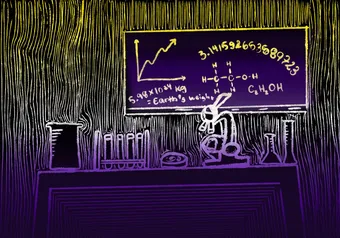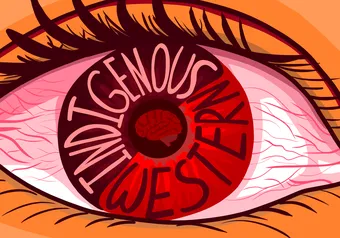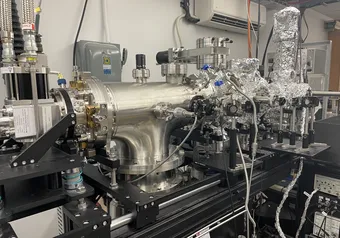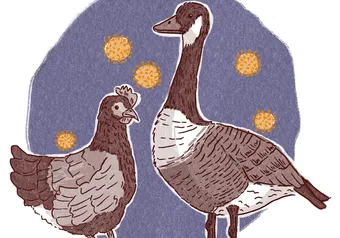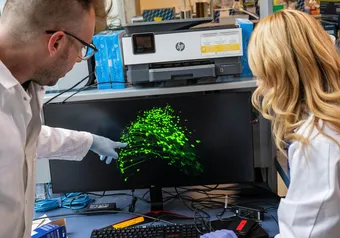Feeling a lump in the breasts can certainly be a disconcerting experience. For many, the presence of breast lumps often leads to concerns about whether or not they have breast cancer for good reason.
Every year in Canada, more than 25,000 women are diagnosed with breast cancer. It remains the second largest cause of death in Canadian women. Since 1940, the lifetime probability of a Canadian woman developing breast cancer has significantly risen to as high as one in nine.
October was a month dedicated to help raise awareness about the disease. Throughout the years, many initiatives have been set up by UBC students in October in support of breast cancer research such as the Think Pink campaign which was organized by UBC athletes in 2013 and 2014.
Although breast cancer awareness month is now behind us, the reality is that breast cancer remains an important health issue — even after we put away the pink ribbons.
The good news is that most UBC students probably don’t have to worry about breast cancer just yet. According to a recent American study, only 0.65 per cent of all breast cancer cases are diagnosed in patients younger than 40. In these patients, a potentially suspicious lump in the breast is often attributed to other benign causes.
Young women may feel a lump due to the growth of benign tumours — called fibroadenomas — that arise from tissue in the breast.
Even if you have a significant family history of breast or ovarian cancer, it is important not to jump to any conclusions.
Recently, the idea of prophylactic mastectomy — the removal of breasts to prevent cancer from occurring in the first place — was made more prominent due to what has been dubbed as the “Angelina Jolie” effect.
The celebrity actress underwent the procedure in 2013 because she carries mutations in a gene, called BRCA1, which has been directly linked to a higher incidence of breast and ovarian cancer in women.
Currently in Canada, prophylactic mastectomy is considered an elective procedure that can be offered to women who posses the same kind of mutation as Jolie. Although radical, the procedure can decrease the chances of breast cancer in high-risk patients by as much as 90 per cent. Nevertheless, Beth Watt, a UBC clinical instructor and a family physician based in Langley, states that a “careful discussion between [a patient], her surgeon, oncologist, FP and maybe geneticist” is warranted before making this kind of decision.
Currently, many researchers are hoping that, in the future, women do not have to face such a difficult situation in the first place. Scientists from UBC are at the forefront of this endeavour.
In 2012, UBC scientists helped further our understanding of breast cancer by classifying the disease into 10 subtypes — each with different rates of survival. They also discovered many new genetic influences on the development of breast cancer.
In March this year, another group of UBC cancer researchers made an important breakthrough by successfully slowing the growth of cancer cells in mice by targeting a specific protein on the surface of those cells called podocalyxin. This new immunotherapy can potentially lead to more effective treatment of aggressive breast cancer with fewer side effects.
While we wait to see the results of these exciting developments, UBC does offer other resources for those who are interested in learning more about breast cancer.
One such resource includes the Breast Cancer Prevention & Risk Assessment Clinic service offered by the School of Population and Public Health. Students can choose to discuss their family histories, health habits and nutrition with a team of lifestyle counsellors to learn more about their potential susceptibility to the disease.
First online
Share this article




